
Improve Demand Forecast Accuracy with Machine Learning
Demand forecasting is a critical aspect in the supply chain management of any company. Accurate demand forecasting allows businesses to optimize their inventory and plan their production efficiently. However, demand forecasting is a complex process that depends on multiple factors. Market trends, consumer behavior, and seasonality are some of them. In this article, we present an innovative technique to improve the accuracy of your demand forecasting: Machine Learning.
What is Machine Learning and how can it help with demand forecasting?
Machine Learning is a branch of artificial intelligence that allows computers to learn without being explicitly programmed. In demand forecasting, Machine Learning is used to analyze large sets of historical data and identify patterns and trends in consumer behavior. Compared to traditional mathematical models, Machine Learning can capture more complex relationships between different factors that influence demand, leading to more accurate forecasting.
Example of applying a forecasting algorithm
Holtmethod=function(timeseries,forecasthorizon)
{
n=length(timeseries)
historicalAndForecast=matrix(0,n+forecasthorizon)
historicalAndForecast[1:n]=timeseries
forecast=holt(timeseries,h=forecasthorizon,beta=0.1,damped = T)
historicalAndForecast[(n+1):(n+forecasthorizon)]=forecast$mean
return(historicalAndForecast)
}Below, we present an example of an R function using one of the well-known prediction methods with the "forecast" library. The input parameters are "timeseries," a vector, and "forecasthorizon," which represents the number of periods into the future that we want to project.
As output, we have the vector "historicalAndForecast," which contains our input data and our prediction. For the prediction, we use the "holt()" function, where "beta" and "damped" represent the specific parameters of the method. This is a simple example, but the same principles apply to other machine learning algorithms.
How to implement a Machine Learning model for demand forecasting step by step:
Implementing a Machine Learning model for demand forecasting requires a relevant historical dataset and the selection of the appropriate Machine Learning algorithm.
In general, there are two types of Machine Learning algorithms for demand forecasting:
Once the appropriate algorithm is selected, the model training phase begins, where the model parameters are adjusted to fit the historical data. Finally, the model is used to predict future demand.
Benefits of Machine Learning
The utilization of artificial intelligence techniques to enhance demand forecasting offers numerous benefits for companies. Some of them include:
- Improved Accuracy: Machine learning techniques enhance demand forecasting, reduce errors, and improve production and inventory planning for businesses.
- Time and Resource Savings: Automating demand forecasting through artificial intelligence saves time and resources for companies by efficiently collecting, analyzing, and processing data.
- Enhanced Adaptability: Demand forecasting with artificial intelligence enables companies to adapt better to changes and make informed and timely decisions in response to consumer trends.
- Improved Customer Satisfaction: Accurate demand forecasting improves product and service availability, thereby increasing customer satisfaction and loyalty.
- Increased Profitability: Improved demand forecasting, production planning, and inventory management reduce costs and errors, leading to increased profitability for businesses.
Why use demand forecasting software?
Our software is specifically designed to leverage machine learning techniques and provide an advanced solution to enhance demand forecasting.
With advanced algorithms, artificial intelligence, and neural networks, our software can deliver higher accuracy and faster prediction speeds compared to traditional demand planning methods.
By using our software, companies can optimize their processes, thereby improving customer satisfaction by ensuring that products are available when customers need them. Additionally, by enhancing demand planning, companies can reduce inventory costs and improve overall operational efficiency.


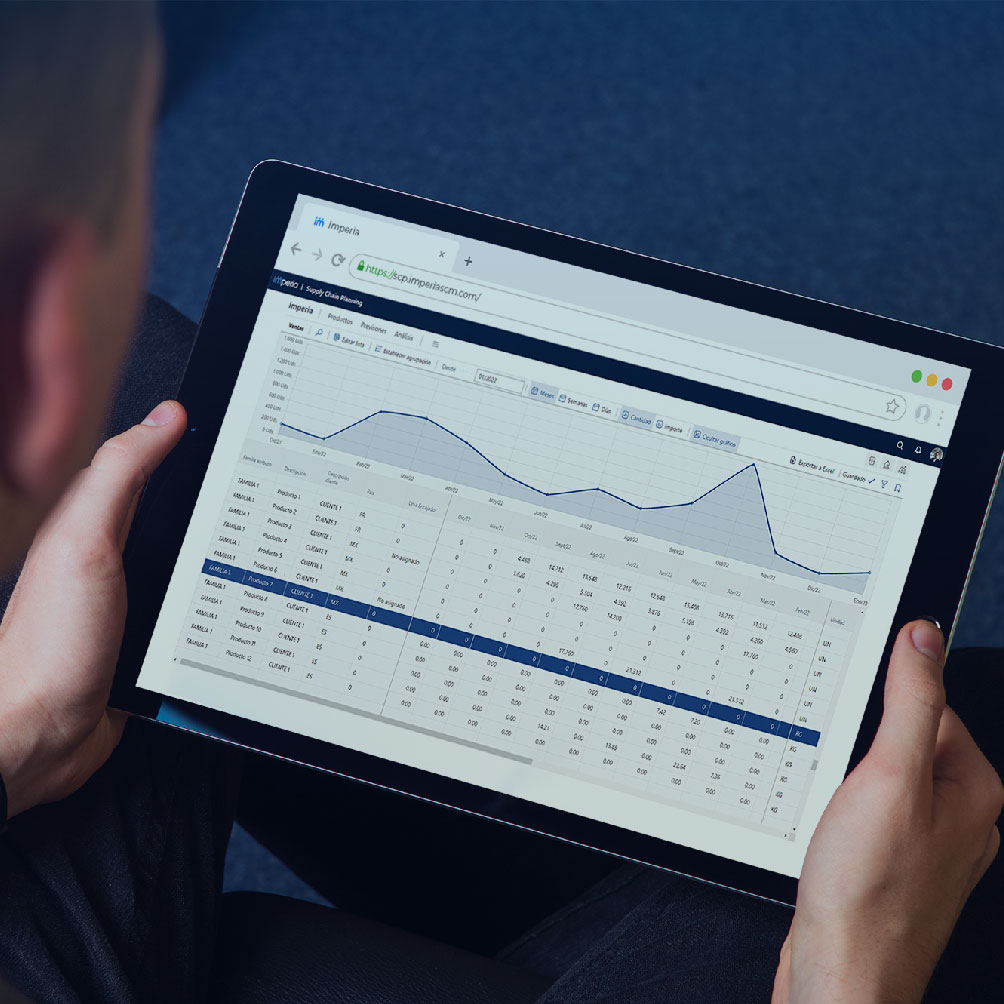



















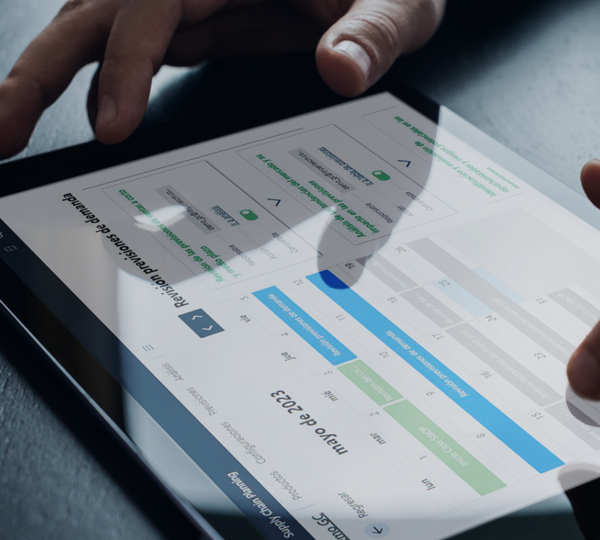
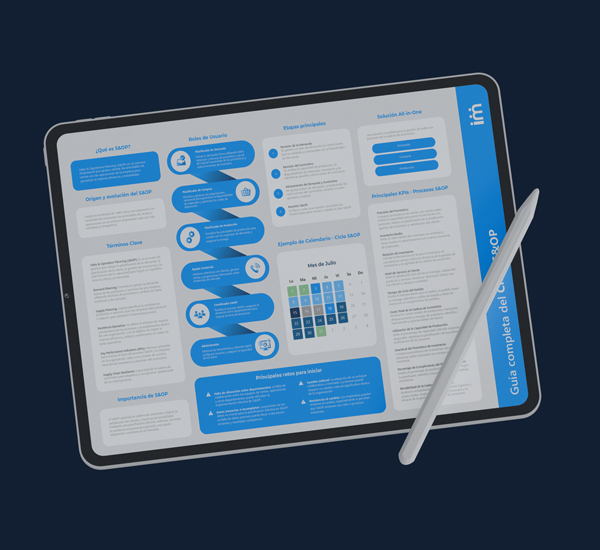







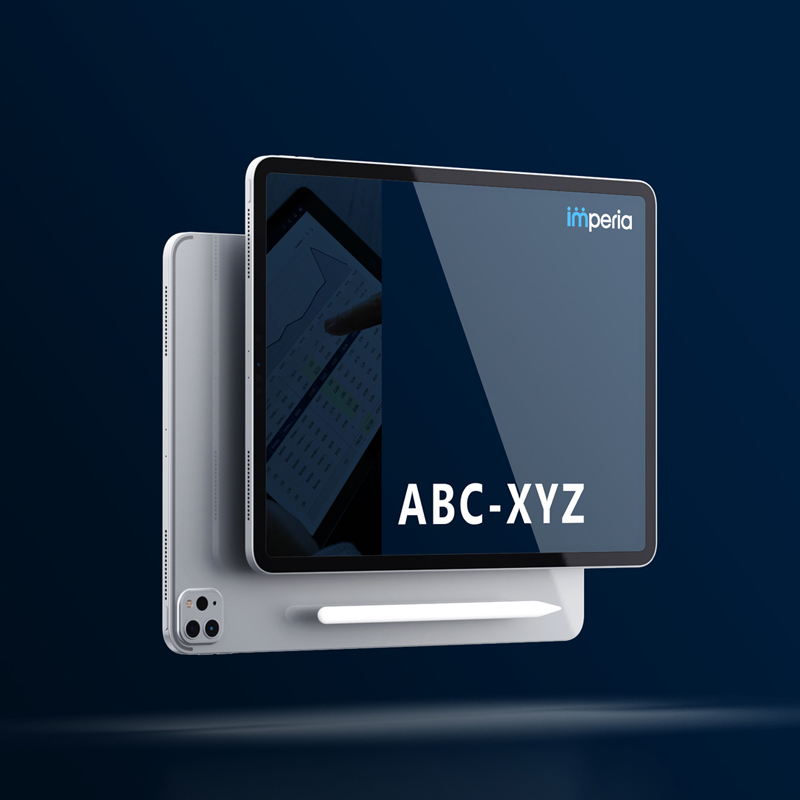


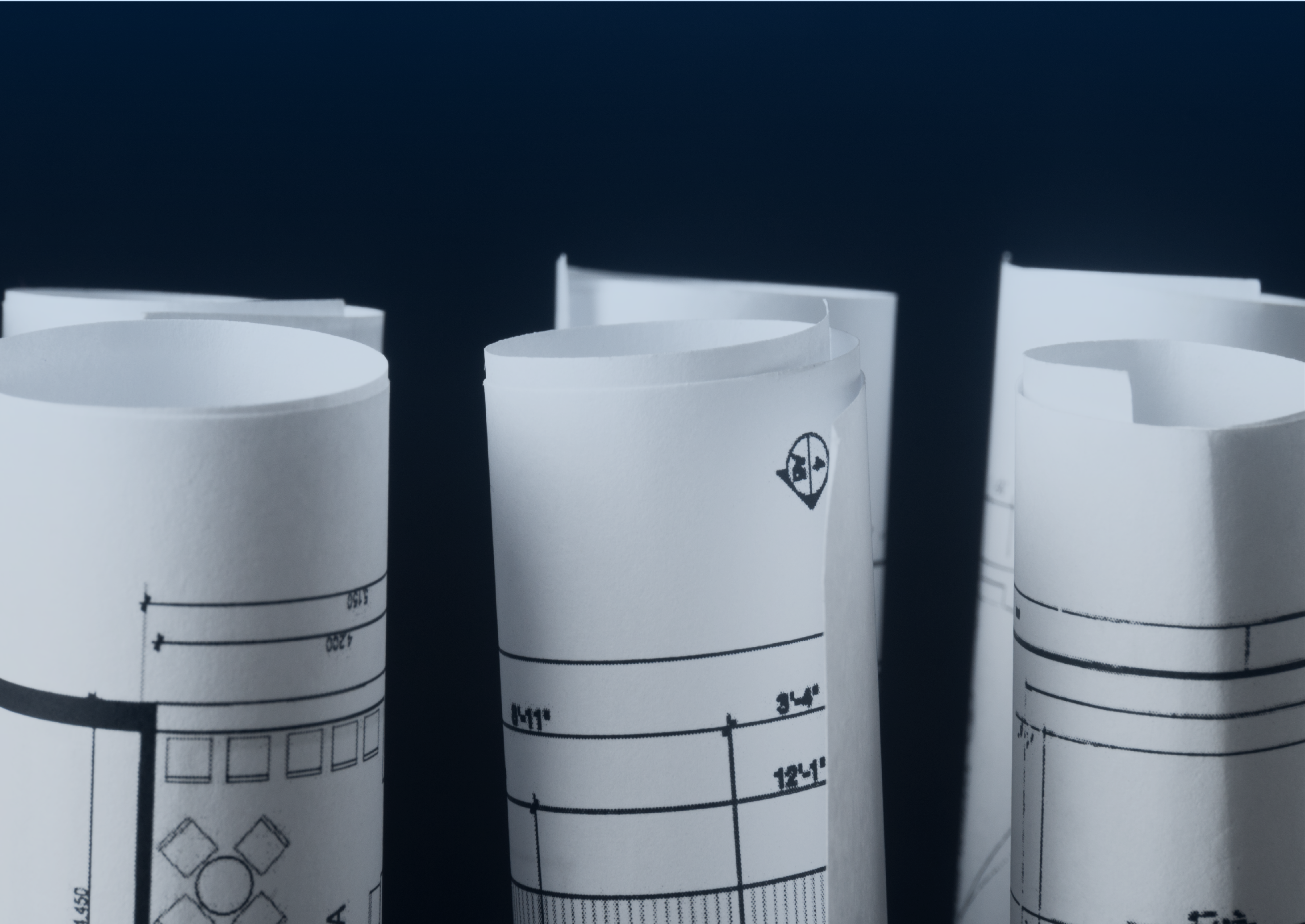


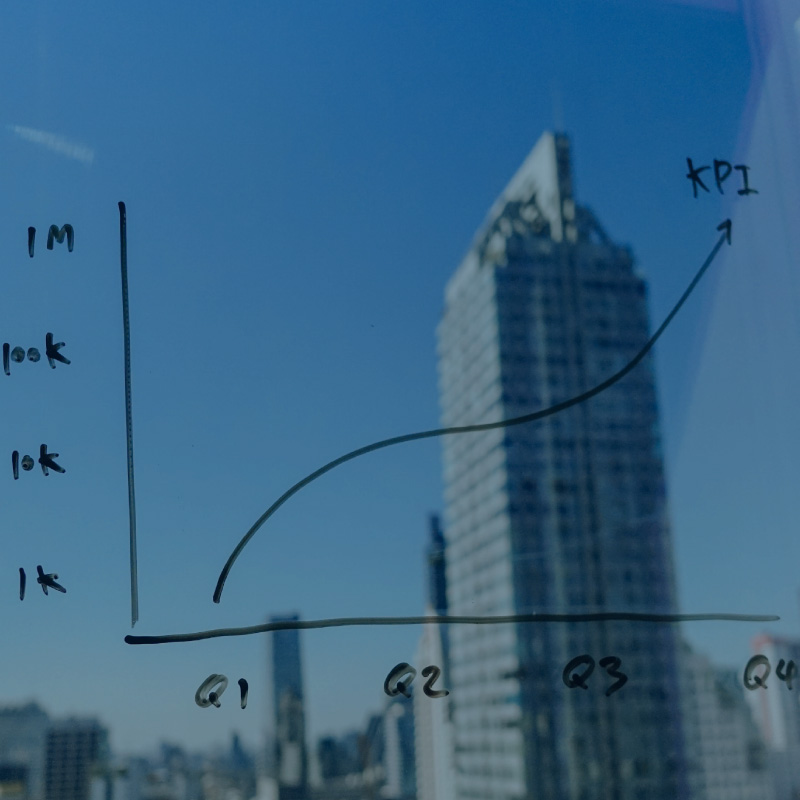





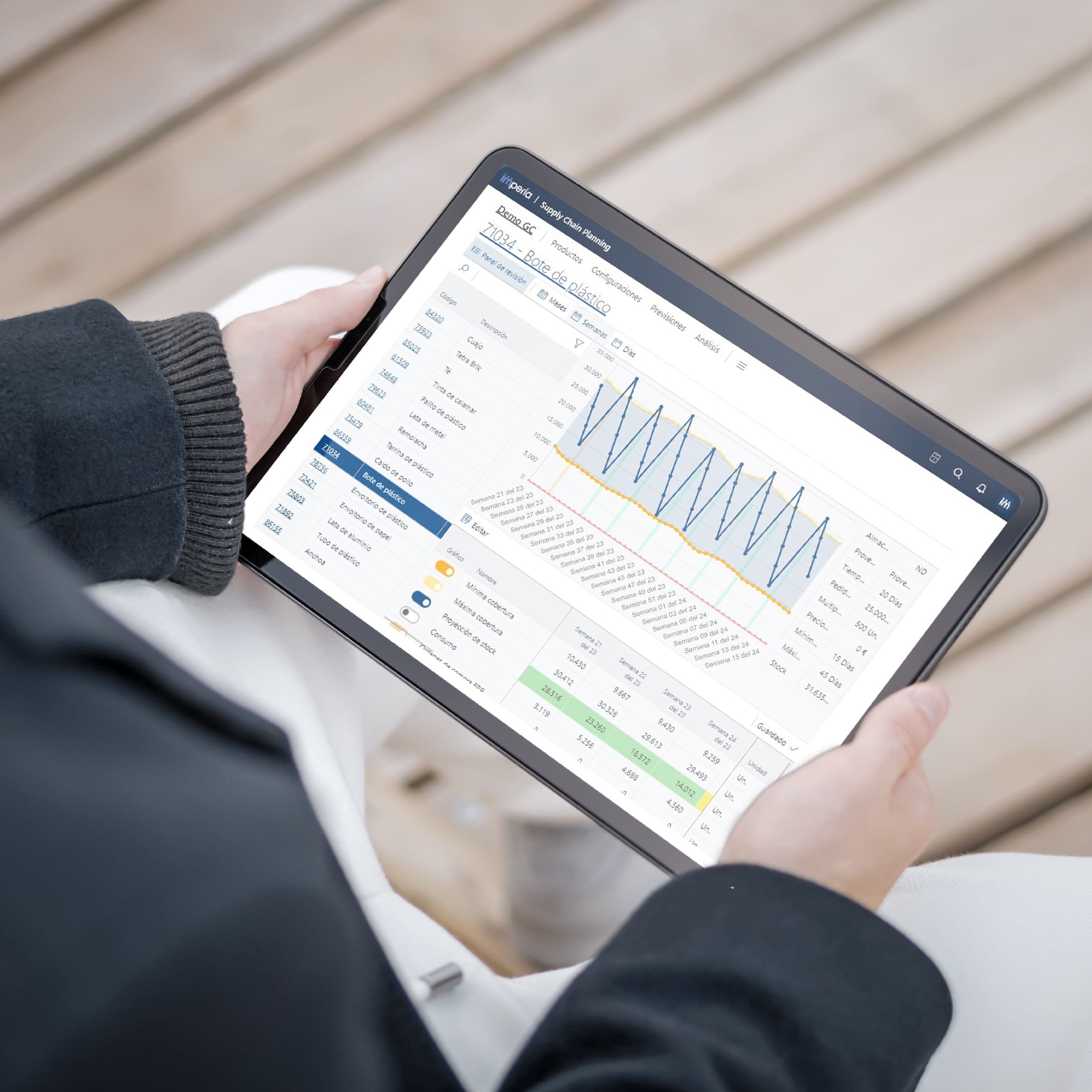




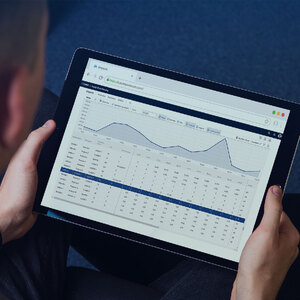




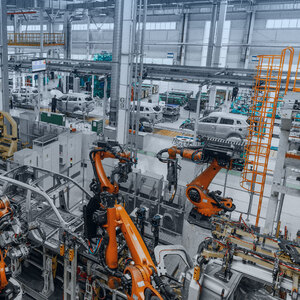





 Imperia_thumbnail.jpg)





















